With just a few tweaks, your website can become your most powerful marketing tool. All you have to do is focus on meeting the immediate needs of your website visitors–instead of simply showcasing your brand and product features.
In doing so, you’re not only abiding by a fundamental rule of good usability, you’re also more likely to engage visitors, generate sales leads and maintain your existing customers.
To convert your website into a marketing tool that effectively brings potential clients down the sales funnel, you likely have to beef up your content and even give your site a slight makeover. But don’t worry, this will pay off in the long run. Here are a few places you can start:
1. Pay attention to the “About” section.
One of the sections site owners spend the least amount of time on is the “About” section. This is a waste of an opportunity since this is one of the first sections visitors click on. Besides providing a solid and compelling description of what you’re all about– use real photos of yourself and your team, with a short bio to accompany each. A good example of this is seen on one of our clients’ websites, Friends of Animals.
2. Try different headlines.

To find which messages perform better on your site, you can use either A/B testing (two versions of a website) or testing services. In the first case, you can show visitors two variants of the same web page to see which performs better in terms of conversion rate. In the second case, you can receive on-the-spot feedback through usertesting.com, which allows you to have any part of your website used by “testers” to see how they interact with a page and find reasons for why they abandon your site.
3. Give a physical address.
Besides boosting your credibility by showing visitors that there’s an actual office location behind your site, providing a physical address also ensures that your site appears on a local Google search. By using Google Places for Business, you also make it easier for searchers to find your business information across Google search, Google maps and Google+. A good example is the Contact page we designed for one of our clients, ClaimShuttle, seen above.
4. Incorporate social media.
 If you aren’t already doing it, one effective way to drive more traffic to your site is to provide high-quality content on a regular basis, along with social sharing buttons, as is done by one of our clients, XWorks.
If you aren’t already doing it, one effective way to drive more traffic to your site is to provide high-quality content on a regular basis, along with social sharing buttons, as is done by one of our clients, XWorks.
Besides building trust and credibility, providing compelling and useful content through a blog can increase traffic and engage potential customers in a conversation. Social plugins such as share buttons and a comments section are also crucial in the process of sharing content that may very well go viral–and increase brand visibility in the process.
Beyond a regularly updated blog with fresh content, some of the ways you can promote quality content is by developing well-researched white papers, creating interesting product videos and publishing insightful case studies.
5. Make use of analytics.

If you can’t measure it, you can’t improve it, so the saying goes. The best way to know if your site is helping you reach your marketing goals is to have a useful back-end with analytics that will give you insight into who is landing on your site, where they’re coming from, how long they’re staying and when they’re arriving.
6. Ensure it is mobile-friendly.
According to recent statistics, at least 25% of all traffic is on mobile devices. This means that if your website is not mobile responsive, your site visitors are likely to leave and find what they’re looking for elsewhere. Just look at how we implemented a Mobile-First design for our client Axiom.
7. Turn it into a useful, interactive tool.
Since 98% of small businesses already use their website as their primary marketing tool, it is important to not only have a visually appealing website, but also one visitors can use and that, at the same time, will help you achieve your marketing goals.
The online real estate company Zillow, for example, created this mortgage calculator to help its site visitors get an approximate value of what they can expect to spend on their home loan.
One of our clients, Sentara, does this well by providing its site visitors with interactive reports and information based on the user’s location.
8. Engage your visitors in a conversation.

Everything on your website–from your color scheme and layout to your titles and images–communicates something about your brand and your product. All of these elements work together to create a one-sided form of communication.
To enable two-way communication with your visitors, however, you must implement other interactive features, such as a comments section, social sharing buttons, product reviews, contact forms and forums. This not only creates a sense of community among users, it also builds trust and enables your users to receive prompt answers to their questions.
9. Provide useful information for free.
The marketing guru Seth Godin once said that the only type of marketing that’s left is content marketing. What he was referring to is providing your audience with useful information that could someday down the road turn your name into a top-of-mind brand for your potential customers.
By being generous with useful content in the form of ebooks, customizable templates and white papers–as well as placing prominent call to actions in the right places–you can significantly increase your brand exposure and make your site into a place your visitors will come back to time and again.
For example, Nolan Financial, one of our clients, provides visitors access to print and digital resources, as well as the latest financial industry news.
10. Launch drip campaigns.
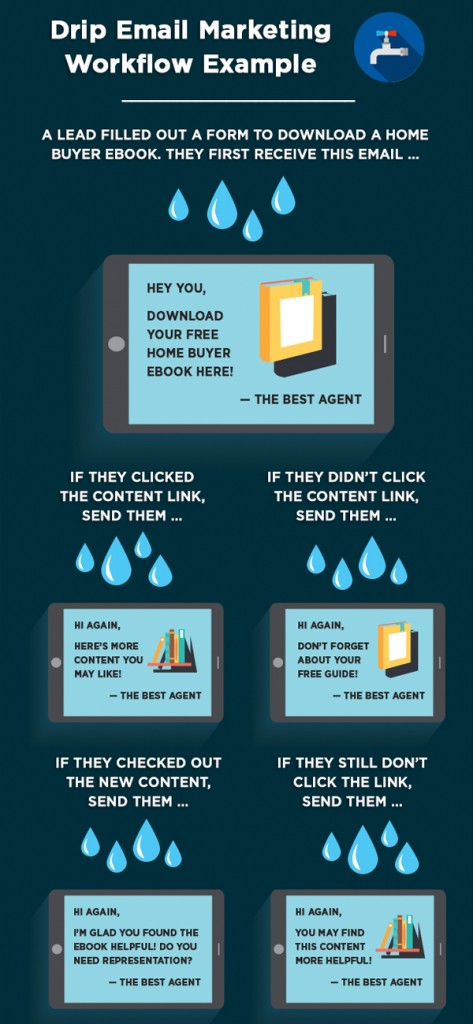
In order to entice your readers and show them what you can do, use drip campaigns to provide free information that your potential customers will appreciate.
One of way of doing this is to ask visitors to sign up for free weekly tips. This series of emails is meant to create an image of professionalism and expertise, so you want to send out stellar content–just short of your most prized know-how.
As you educate your potential customers, they will eventually trust in your knowledge and begin to see you as an authoritative voice on the subject matter. This will significantly increase the probability that your visitor will remember you in the future, during a crucial moment when they’re in need of a product like yours.
This type of campaign will also help you determine the type of content that performs best and leads to conversions, which can further inform your future content marketing strategies.
11. Focus on your landing pages.
Much of the success of your website as a marketing tool will depend on the effectiveness of your landing pages. Since your landing page is oftentimes the first contact point between you and your visitors, you have to make sure that it effectively, persuasively and succinctly highlights your unique value proposition and product benefits. If this is not done right, then your conversion rates will be directly affected.
12. Implement visually appealing content.
It is no news that visual content is the new king of the online world. Nowadays, any content you publish must be accompanied by captivating images that complement the textual content, as seen above on one of our customers’ sites, Reina. Appealing visuals such as images, videos, infographics and presentations go a long way in communicating a ton of information in a limited amount of space and time. Not only do audiences love these visual formats because they make information processing so much easier, they also make for quick and easy sharing among colleagues, friends and family members who are also on the go.
13. Attract new customers and keep them.
Many websites out there are solely focused on product features; others are a combination of this and a more customer-centered approach. By allowing your product features to be customized in accordance with the needs of your visitors, you give them the tools they need to make important decisions in their journey to find the right product that meets their requirements.
One way of doing this is featuring case studies on your website so that site visitors can clearly see how your products solve real world problems. Also, the fact that the focus is taken from an inanimate object to an actual person adds that essential human element, which aids enormously in attracting people’s attention.
In the end, your website should be able to answer some crucial questions your site visitors are sure to have: How does this product benefit me? How does it add value compared to other similar products on the market? Is there a way to try it out for free? How can I get more information on this product? One of our customers, Americorp, does this by anticipating the customers’ needs and providing solutions, as seen above.
14. Build a relationship of trust.
An essential element in securing customers and building long-term relationships with them is solidifying your credibility in the eyes of your visitors. Potential customers who land on your site are more likely to share information with you and buy your products if they feel your site is credible and secure.
Some ways to do this are providing customer reviews and testimonials; offering answers to common questions on your product or service; publishing case studies (as one of our customers, Axiom, does above); providing a physical address and contact details; and showing real pictures of you and your team.

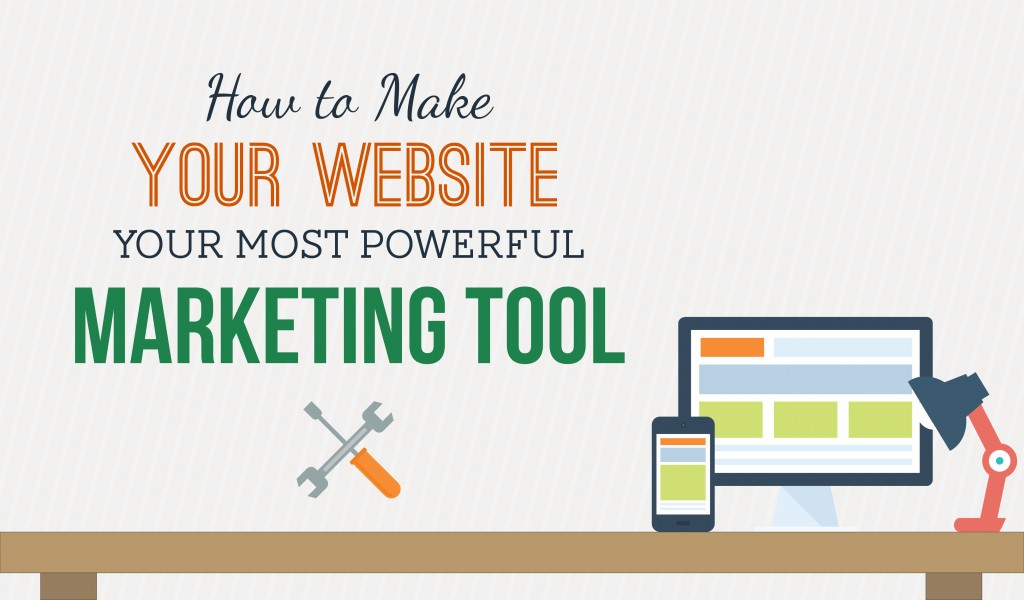

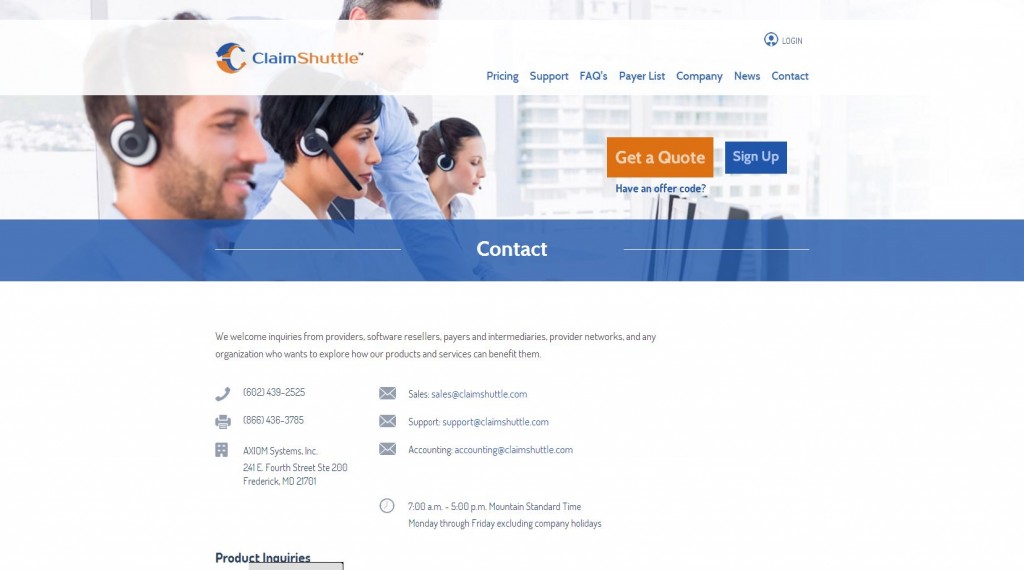
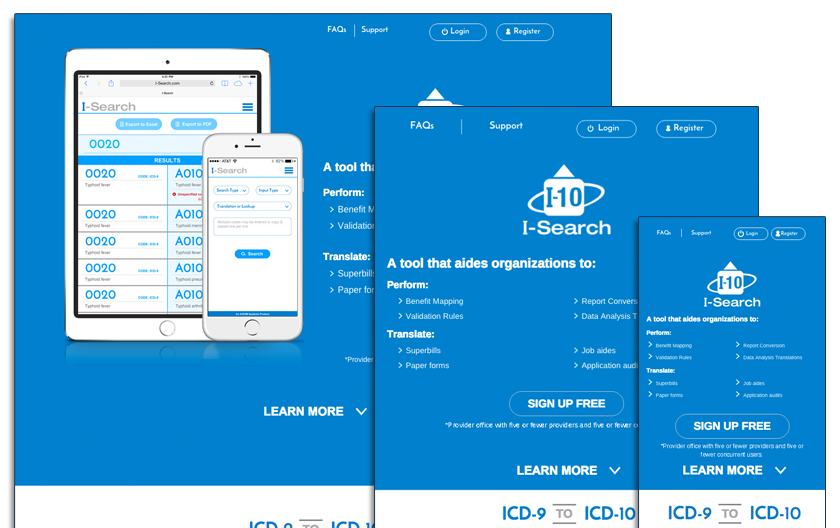

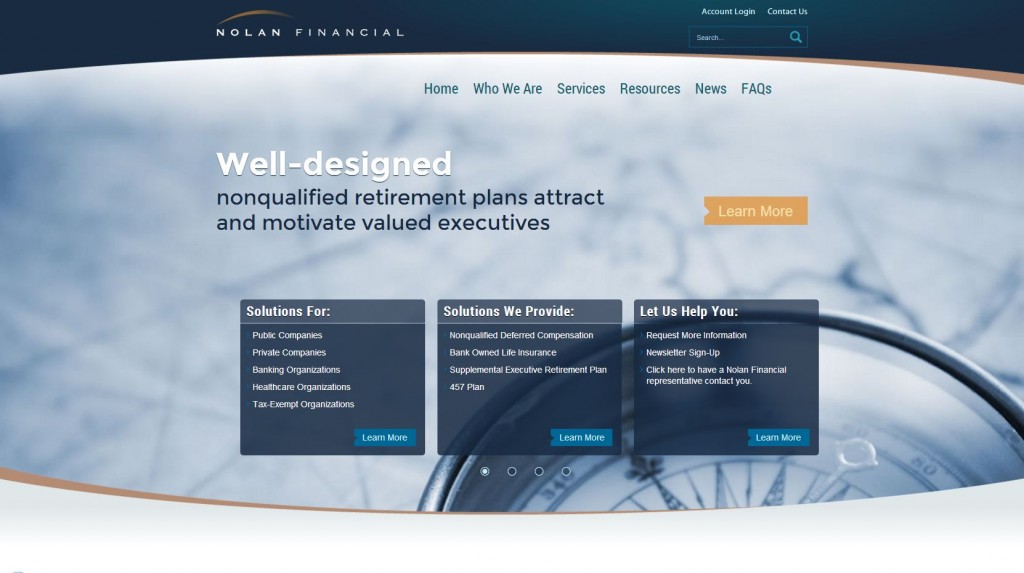
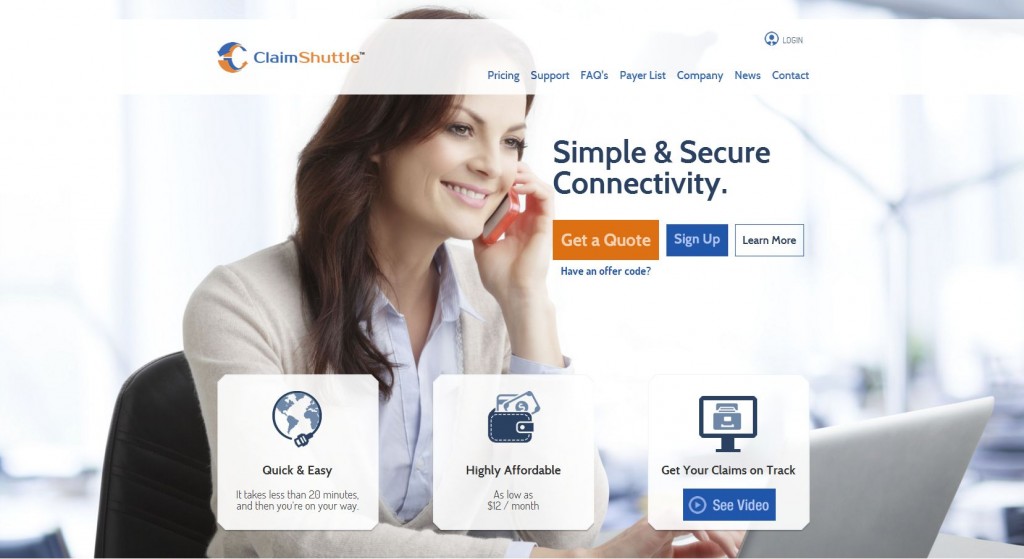

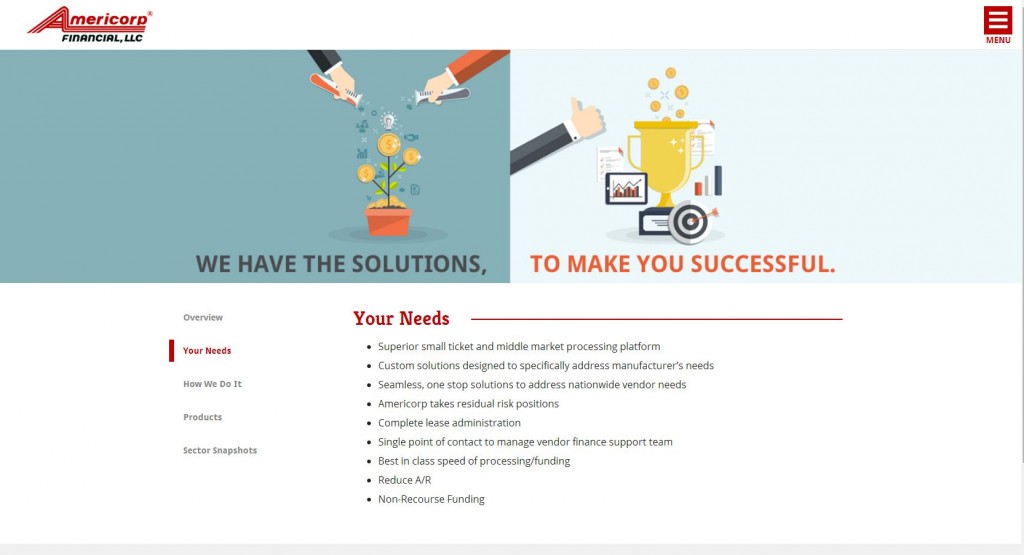

Leave a Reply